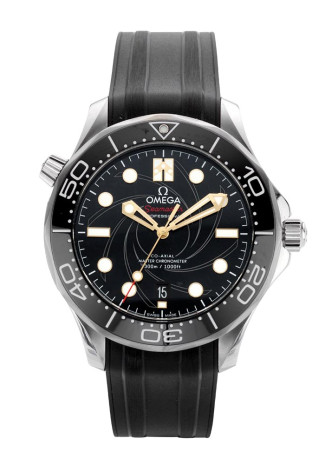A helium release valve is an essential component found in watches specifically designed for deep-sea diving. When exploring the depths of the ocean, divers encounter high pressures, and the noble gas helium, with its incredibly small molecules, can easily penetrate into the watch. However, once inside, this gas cannot escape quickly enough, which can lead to potentially dangerous situations during decompression. To counter this risk, watches equipped with a helium release valve allow the helium to escape, ensuring the timepiece remains intact.

From left to right, a manual release valve and an automatic release valve.
There are two types of helium release valves commonly found in diving watches: manual and automatic. Some watch models feature a manually operated valve that can be opened and closed by the user as needed. This allows divers to control the release of helium themselves, ensuring the watch remains in optimal condition throughout their dive. On the other hand, certain brands and models incorporate an automatic helium release valve that opens and closes automatically based on the pressure differentials. This type of valve provides convenience and peace of mind, as it operates seamlessly without requiring any intervention from the diver.

Manual Release valve Diagram

Automatic release Valve diagram
In summary, for professional divers and enthusiasts exploring the depths of the ocean, a helium release valve is an indispensable feature in their diving watches. By allowing trapped helium gas to escape during decompression, these valves ensure the safety and integrity of the timepiece. Whether manually operated or automatic, the helium release valve serves as a critical safeguard against the potential hazards of helium accumulation in deep-sea diving watches.






